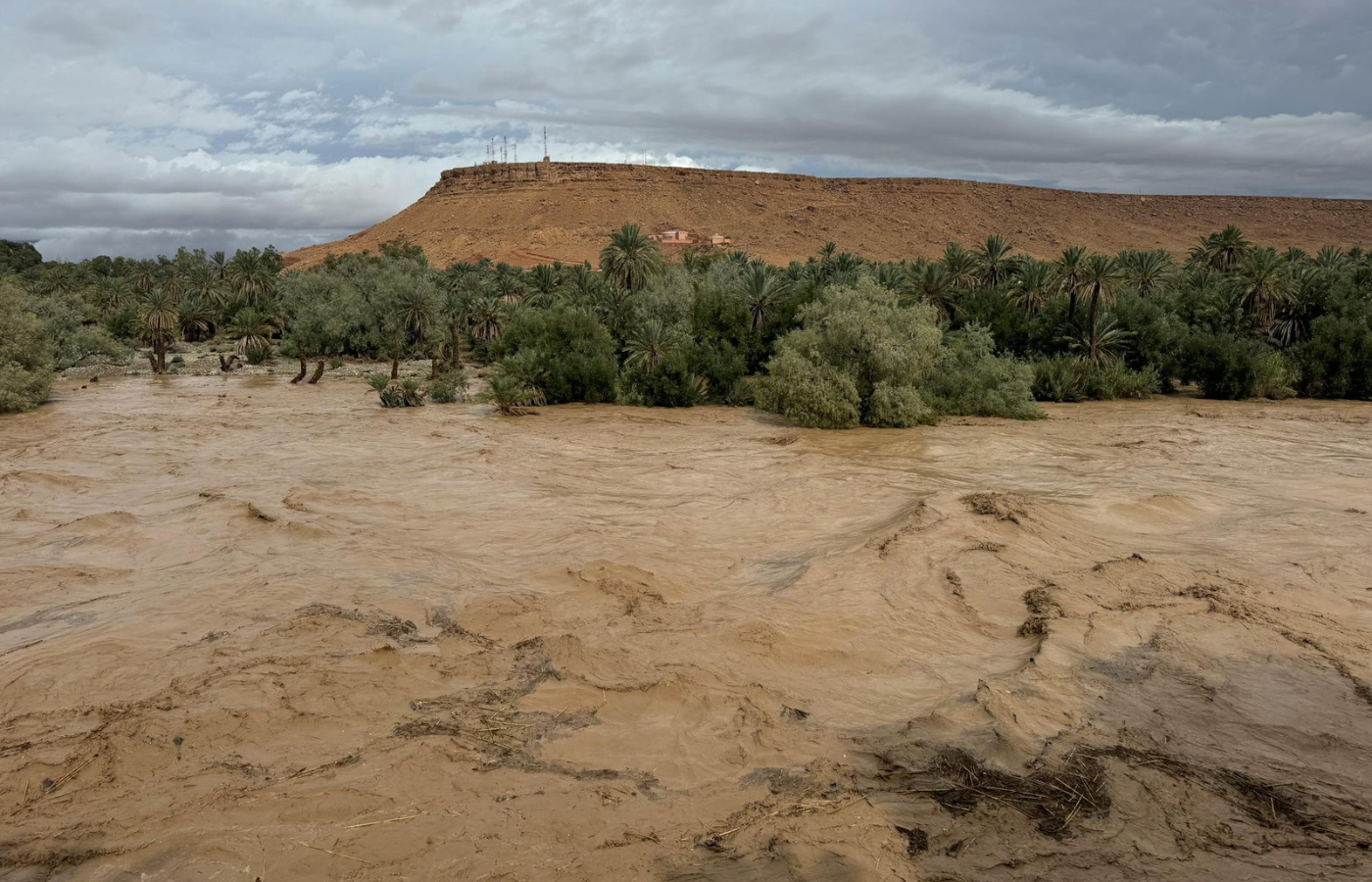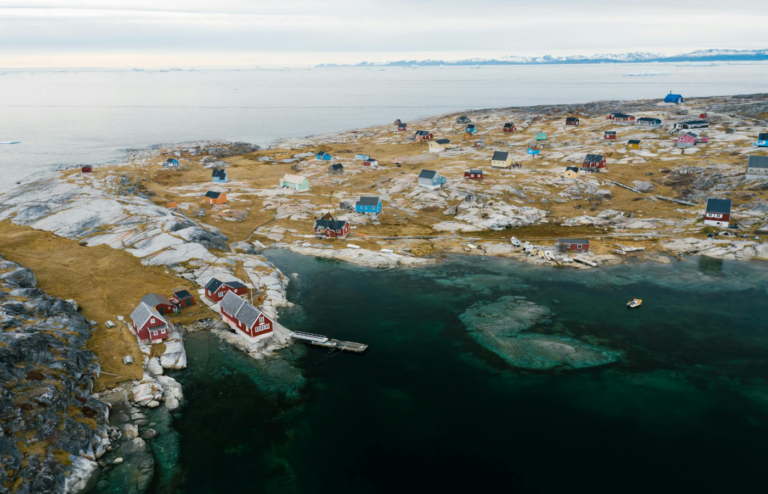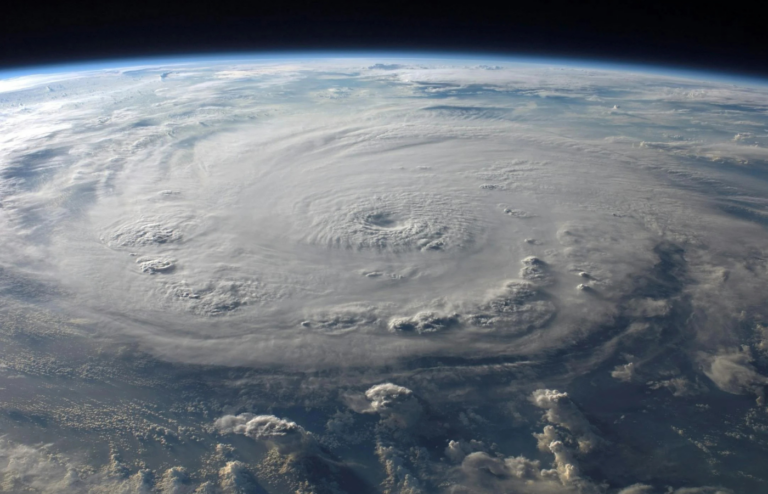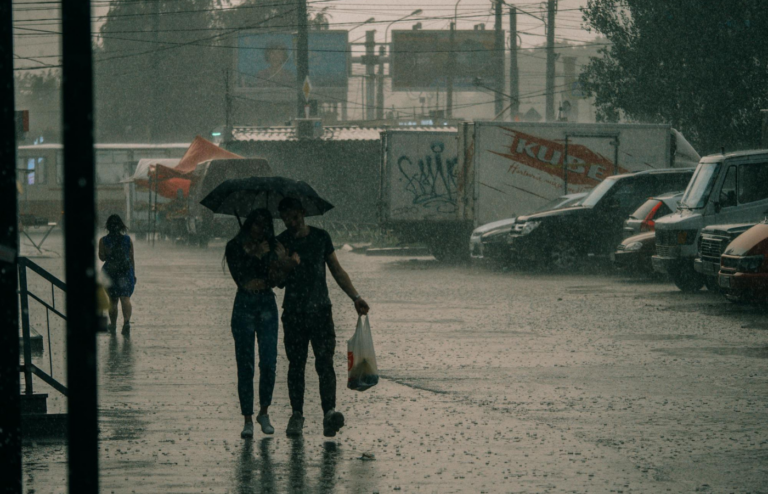Wildfires are complex natural events influenced by various weather patterns that can create conditions conducive to ignition and rapid spread. Understanding these patterns is crucial for prevention and preparedness. Here are ten significant weather patterns that can trigger massive wildfires:
1. Prolonged Drought Conditions
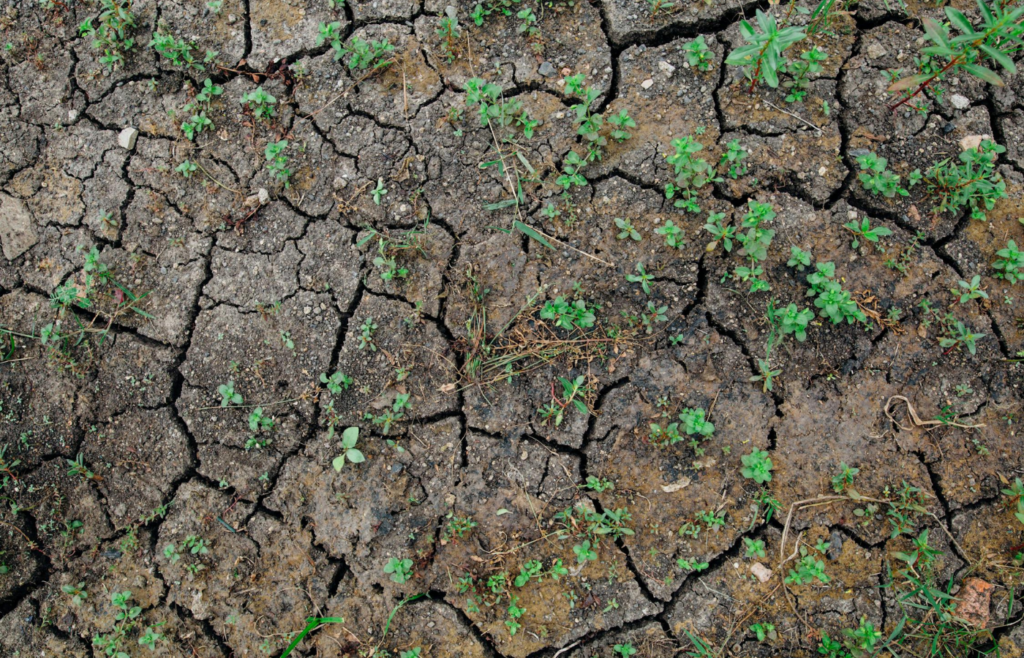
Extended periods of below-average rainfall lead to droughts, drying out vegetation and soil. This desiccation turns plant material into highly flammable fuel, increasing the likelihood of wildfires. Drought-stricken regions are particularly vulnerable, as seen in various parts of the western United States.
2. Heatwaves
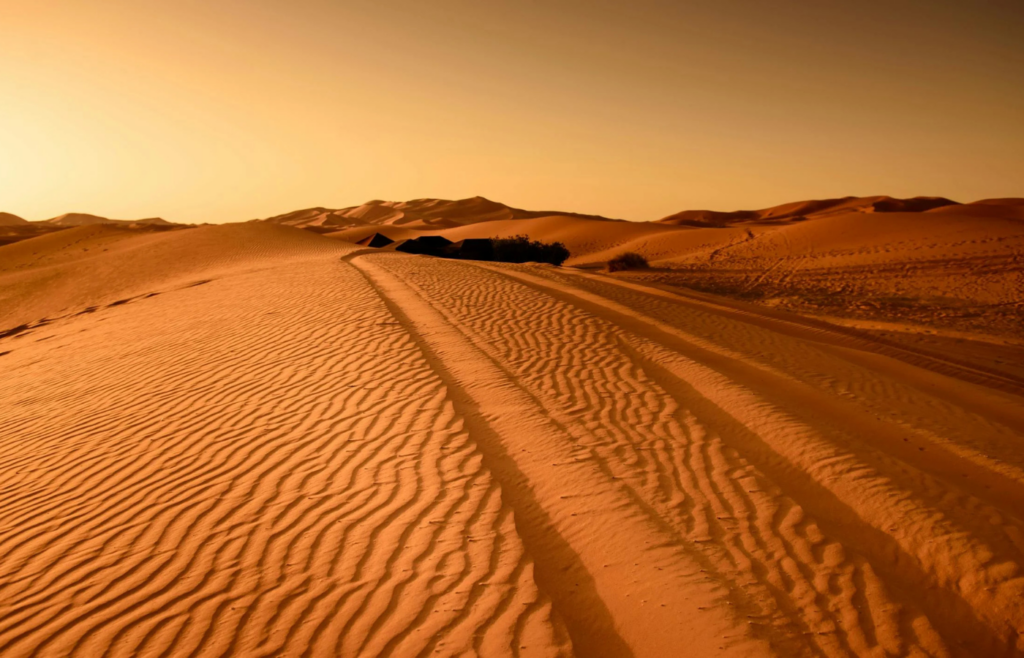
Abnormally high temperatures during heatwaves can exacerbate the dryness of vegetation, making it more susceptible to ignition. Heatwaves often coincide with increased energy demands and human activity, further elevating fire risks.
3. Low Humidity Levels

Low atmospheric moisture content results in decreased humidity levels, which can desiccate vegetation and soil. When humidity drops, especially below 20%, the probability of fire ignition and spread increases significantly.
4. Strong Winds

High winds can rapidly spread flames and embers over large distances, igniting new fires ahead of the main blaze. Winds also supply fresh oxygen to fires, intensifying their strength and making containment efforts more challenging.
Read More: Never Do These 10 Things During a Thunderstorm
5. Lightning Storms
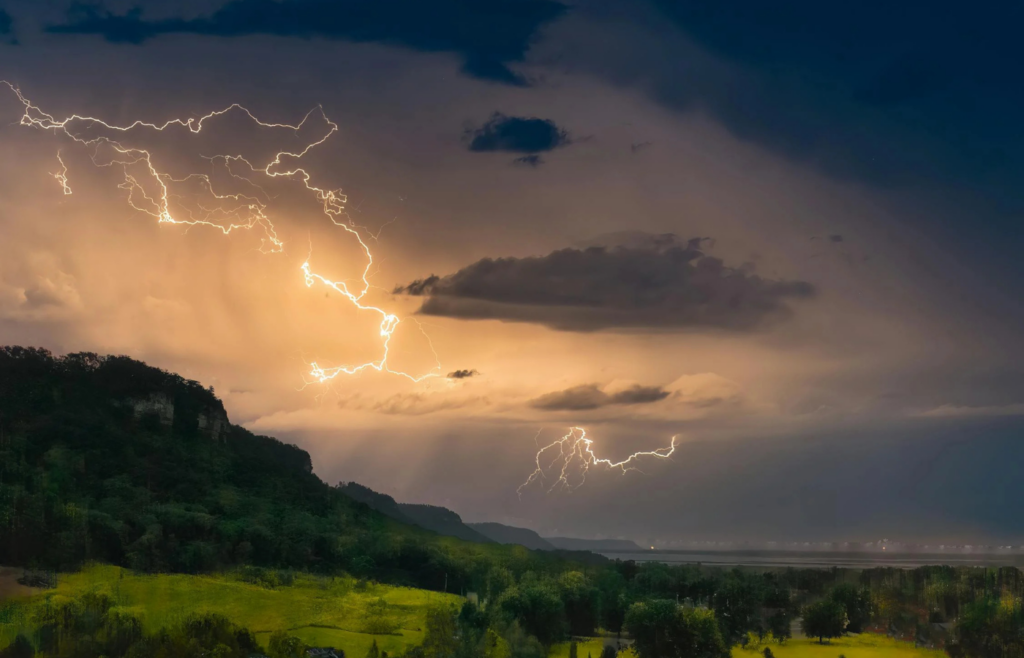
Lightning strikes, particularly during dry thunderstorms where little to no rain reaches the ground, can ignite wildfires. These natural ignition sources are responsible for a significant number of fire incidents, especially in remote areas.
Read More: Top 10 Natural Events That Can Change Global Weather Overnight
6. Foehn Winds
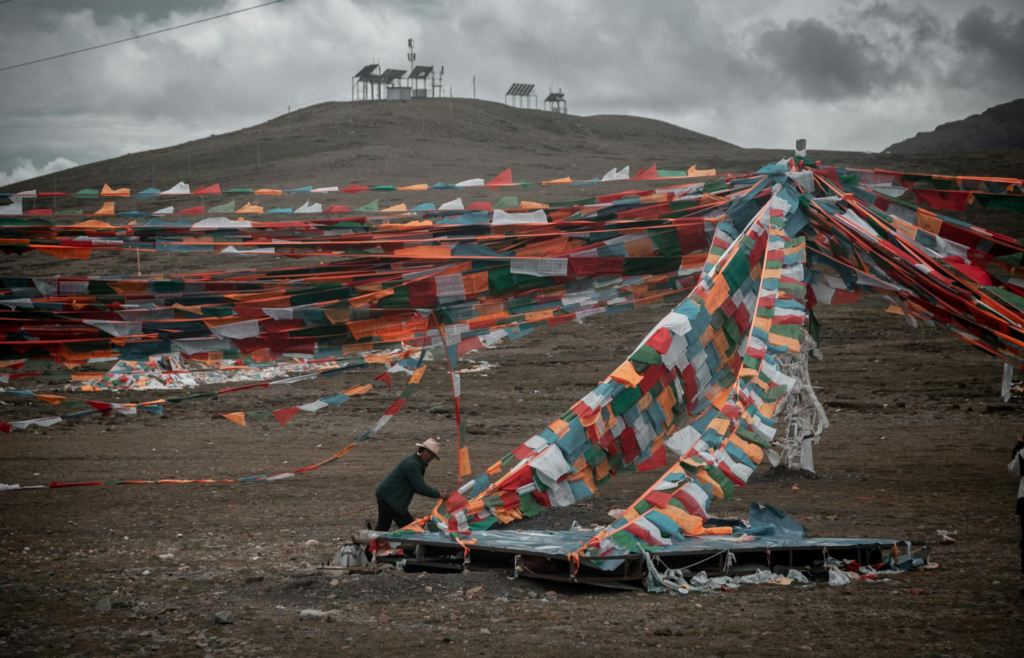
Foehn winds are warm, dry winds descending the leeward slopes of mountains, rapidly increasing temperatures, and reducing humidity. Examples include the Santa Ana winds in Southern California, which have been linked to numerous wildfire events.
7. Climate Change-Induced Weather Variability
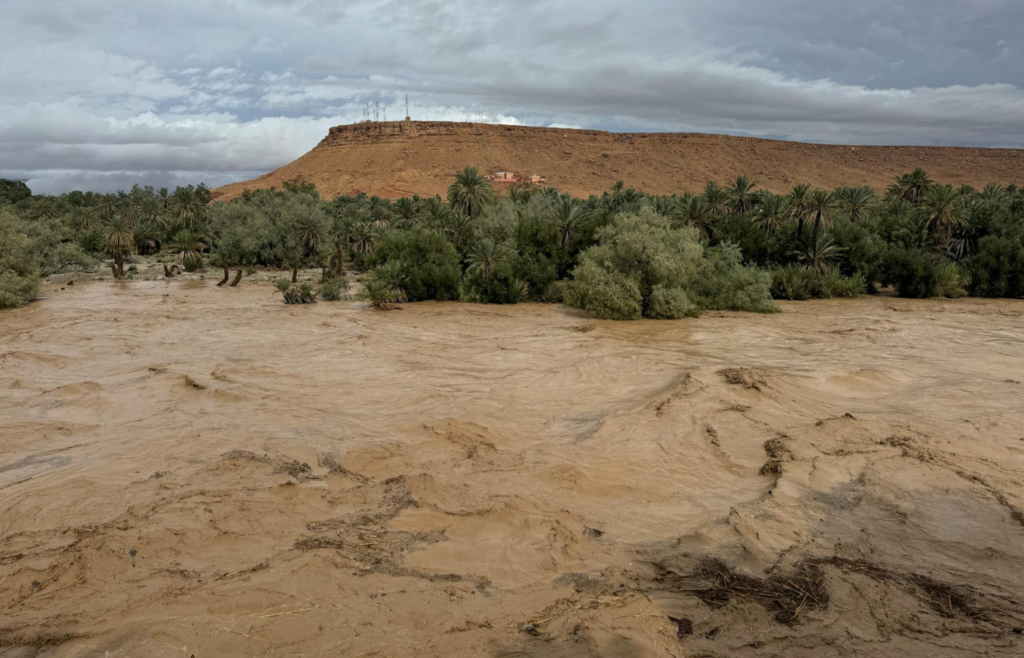
Climate change contributes to erratic weather patterns, including increased frequency of droughts and heatwaves. These changes create environments more susceptible to wildfires by altering vegetation growth cycles and moisture availability.
8. Sudden Dry Spells Following Wet Periods

Periods of above-average rainfall can lead to increased vegetation growth. Subsequent sudden dry spells can turn this abundant vegetation into a vast amount of combustible material, heightening wildfire risks.
9. Atmospheric Instability
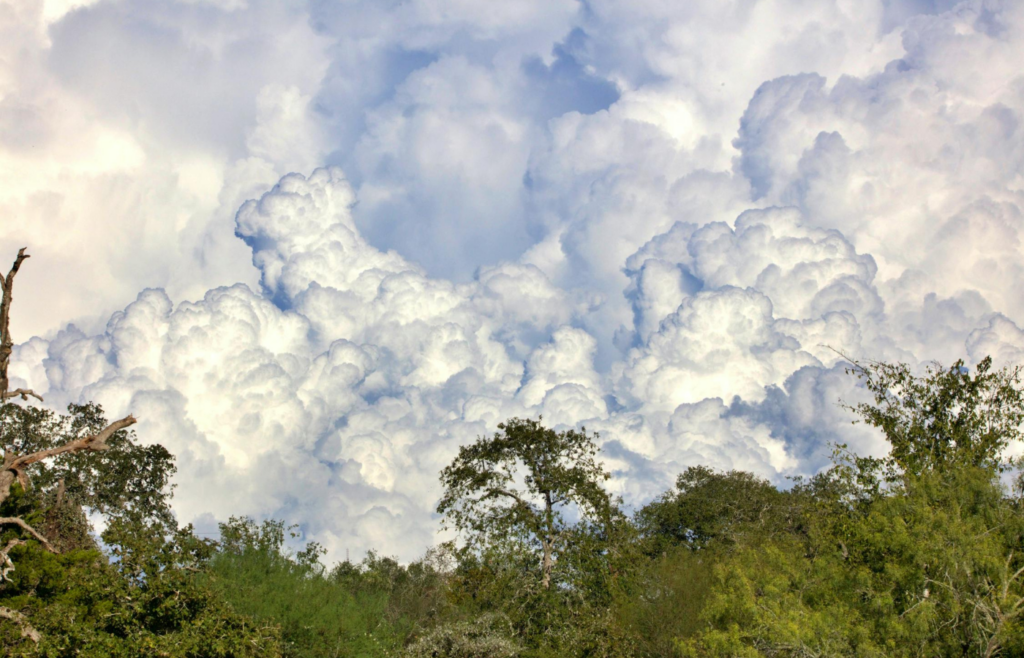
Unstable atmospheric conditions can lead to the development of thunderstorms and erratic wind patterns, both of which can ignite and spread wildfires. Such instability often results in unpredictable fire behavior, complicating suppression efforts.
10. Fire-Induced Weather Patterns
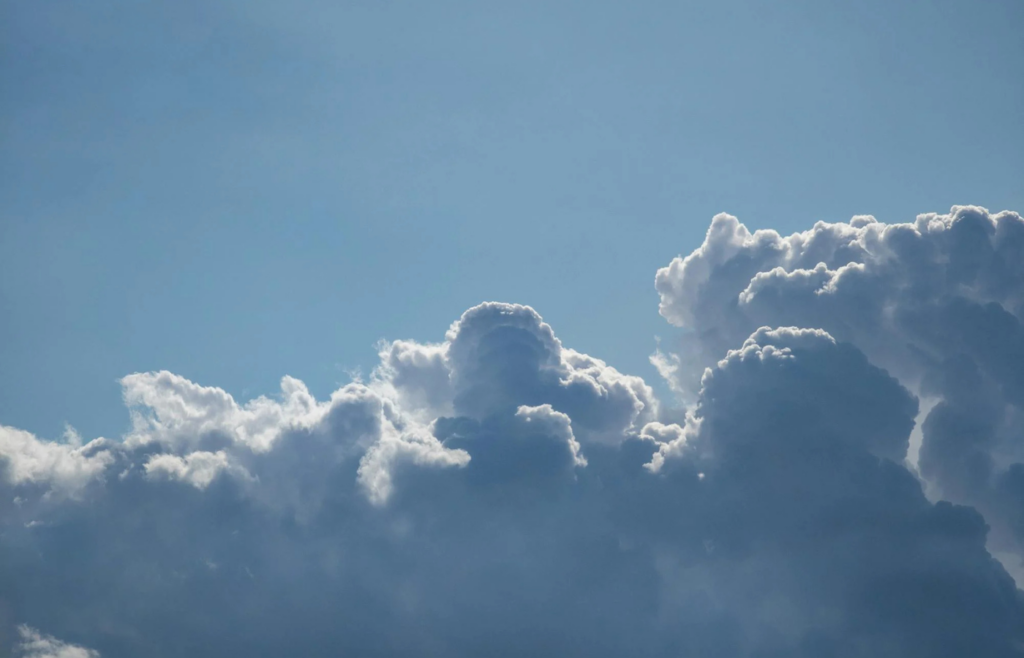
Large wildfires can generate their own weather systems, such as pyrocumulus clouds, leading to erratic winds and even lightning, which can ignite additional fires. This self-perpetuating cycle makes controlling such wildfires particularly challenging.
Understanding these weather patterns is essential for predicting and managing wildfire risks. By monitoring these conditions, authorities can implement timely warnings and allocate resources effectively to mitigate the impact of potential wildfires.
Read More: Top 10 Clues in Nature That a Storm is about to Hit

